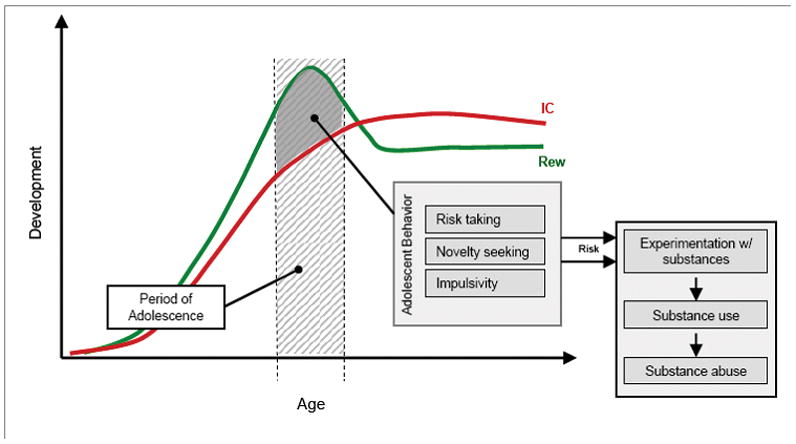Figure 1. Schematic representation of the developmental trajectories of reward sensitivity and inhibitory control.

The combination of hypersensitivity to reward (Rew) and still immature inhibitory control (IC) yield a typical adolescent behavioral profile that includes increased risk-taking, novelty-seeking, and impulsivity. This behavioral profile leads to increased risk for adolescents, as these behaviors increase the likelihood that adolescents will experiment with substances. Depending on additional variables (e.g., individual differences in the developmental trajectory; contextual, influences; environmental influences) this experimentation can then lead to regular substance use and abuse. For the sake of this schematic representation, these curves are normalized to a theoretical baseline (y=0).
